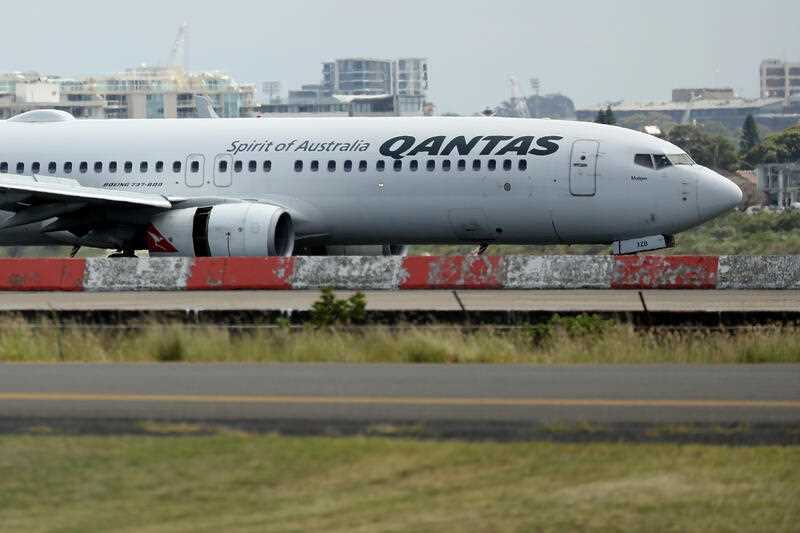How a jet engine came to fail on a Qantas flight over the Pacific Ocean will be the focus of investigations by engineers after the plane landed safely in Sydney following a mayday call.
Passengers praised the actions of the Boeing 737 pilot who had to shut down the engine after Qantas Flight 144 left Auckland early on Wednesday afternoon.
“While a mayday was initially issued, this was downgraded to a PAN (Possible Assistance Needed),” a Qantas spokesperson told AAP on Wednesday evening.
“The aircraft landed safely at around 3.30pm (AEDT) and is now being inspected by our engineers.”
While “inflight engine shutdowns” are rare and concerning for passengers, pilots are trained “to manage them safely and aircraft are designed to fly for an extended period on one engine,” Qantas said.
No one was hurt and all 145 passengers disembarked the aircraft normally.
Aviation expert Neil Hansford told the ABC that “Qantas has never had a passenger lost on a jet aircraft in its history”.
He said Qantas engineers would be immediately investigating what may have caused the engine failure and the Australian Transport Safety Bureau would be initiating an inquiry into the incident.
Photographs taken at the airport showed one of the engines appeared to have a large panel missing from the engine cover.
The plane landed without incident and was escorted by yellow airport fire appliances to a parking bay.
Passengers told reporters an engine failed but no one onboard appeared panicked during the flight.
“I kind of heard the little bang and then a bit of turbulence, and we just thought okay, this is a bit weird,” passenger Sandika McAuley said.
“But we didn’t really know anything until we landed, then we got told that there was a mayday call and the engine failed.”
James Mearon said he didn’t realise how serious the situation was until he saw cameras waiting for passengers outside the terminal.
“Yeah it definitely was scary,” he said.
Passengers praised the pilot for landing them safely and said he was there to wish them well as they departed the aircraft.
The main issue impacting passengers was that the air conditioning had stopped working, according to passenger Fiona Dunne.
“The aircon was gone so everyone was just frustrated and sweaty, I don’t think there was that much panic,” she said.
FlightRadar, an internet flight tracker, indicated the 10-year-old, twin-jet Boeing plane issued the distress call over the Pacific Ocean.
Federal Transport Minister Catherine King said she was relieved the plane had landed safely and lauded the airline’s safety record after a scare that had 100,000 people tracking the flight online.
“Well done to the highly experienced crew for getting the plane safely home,” Ms King tweeted.
“Australia’s aviation industry is among the safest in the world because of the dedicated staff working on planes and behind the scenes”.
The Australian and International Pilots Association (IAPA) said in a statement that such mid-air incidents were extremely rare and it was too early to speculate on the engine failure.
“We are pleased the expertly trained and professional Qantas pilots took all the right steps to deal with the incident and were able to safely land back in Sydney.
“The priority of any pilot is the welfare of our passengers and crew,” IAPA said.
A mayday call is issued when a flight is in grave and imminent danger and needs immediate assistance, according to Airservices Australia, the federal agency responsible for ensuring safe air travel.
Once the call is made controllers alert aviation rescue, firefighting and emergency services with details on how to respond. They also provide assistance to pilots.
“As a precaution Sydney Airport had emergency crews on stand-by including firefighters, ambulance and police,” an Airservices Australia spokesperson told AAP.



